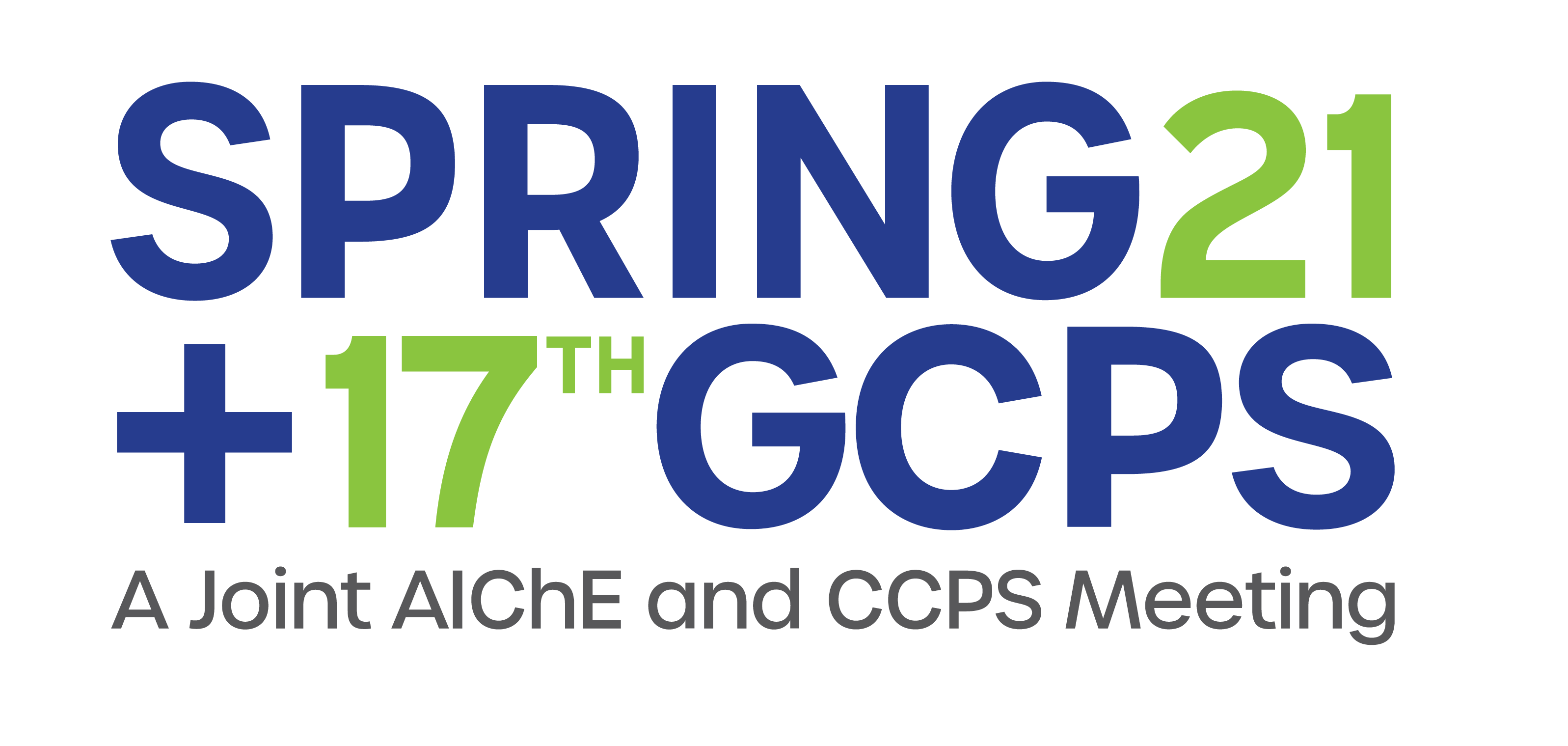

Relative to conventional technologies, membrane separations have demonstrated significant advantages in sustainability and energy efficiency.[4] For example, chemically selective separations enabled by polymer membranes have the potential to replace hazardous and toxic solvents used in conventional lithium-ion battery (LIB) recycling technology. However, there is no clear understanding of the interfacial and thermodynamic phenomena underlying the chemically-selective transport mechanisms needed to separate molecules with comparable sizes such as lithium (Li) and cobalt (Co) which hinders the development of membrane materials for this task.[5] Another challenge is the recovery of high purity products from a membrane separations unit. The formation of salt precipitate layers at the membrane interface when the feed side solution approaches the solubility limit prevents the extraction of high purity products, which also prevents the direct staging of these units.
In this talk, we demonstrate how a continuous, membrane based diafiltration cascade[6] enables the recovery of high purity Li and Co rich solutions for a LIB recycling case study at purities comparable with existing technologies. In diafiltration, the effects of salt precipitation encountered while staging membrane units are offset by adding a pure or dilute solvent, known as the dialysate to the feed side of the membrane filtration process. We show how the unique configuration of our system enables the utilization of the retentate side product, which is dilute in Li, to be recycled as dialysate to preceding stages of the process. Specifically, we highlight how superstructure optimization searches multiple, complex process configurations postulated by the modeler to identify promising applications for emerging materials. We treat flow and concentration of all streams as decision variables in our nonlinear optimization model. We then characterize the Pareto set using an epsilon-constrained method to understand the tradeoffs between purity and recovery objectives for the diafiltration cascade. Finally, we use the top-down capabilities of this framework to identify property targets for emerging membrane materials for LIB recycling.
Through our multi-objective superstructure optimization framework, we assemble a library of over 10,000 optimal designs spanning diverse system recovery specifications, area constraints, and membrane properties. From this library, we generalize common structures in process configuration into (near) optimal diafiltration cascade design rules. Many of these rules are non-trivial but ultimately justifiable by the governing transport and thermodynamic phenomena. In fact, some of these design rules show strong analogies between membrane diafiltration and distillation.
References
[1] Luo, J. & Crittenden, J. C. Nanomaterial Adsorbent Design: From Bench Scale Tests to Engineering Design. Environmental Science & Technology 53, 10537 - 10538 (2019). 10.1021/acs.est.9b04371.
[2] Miller, D. C., Syamlal, M., Mebane, D. S., Storlie, C., Bhattacharyya, D., Sahinidis, N. V., Agarwal, D., Tong, C., Zitney, S. E., Sarkar, A., Sun, X., Sundaresan, S., Ryan, E., Engel, D. & Dale, C. Carbon Capture Simulation Initiative: A Case Study in Multiscale Modeling and New Challenges. Annual Review of Chemical and Biomolecular Engineering 5, 301-323 (2014). 10.1146/annurev-chembioeng-060713-040321.
[3] Eugene, E. A., Phillip, W. A. & Dowling, A. W. Data science-enabled molecular-to-systems engineering for sustainable water treatment. Current Opinion in Chemical Engineering 26, 122-130 (2019). 10.1016/j.coche.2019.10.002.
[4] Phillip, W. A., & Elimelech, M. The Future of Seawater Desalination: Energy, Technology, and the Environment. Science, 333, 6043, 712–717 (2011). 10.1126/science.1200488.
[5] Park HB, Kamcev J, Robeson LM, Elimelech M, Freeman BD. Maximizing the right stuff: the trade-off between membrane permeability and selectivity. Science 356, 1-10 (2017). 10.1126/science.aab0530.
[6] Eugene, E., Phillip, W. & Dowling, A. Material Property Goals to Enable Continuous Diafiltration Membrane Cascades for Lithium-ion Battery Recycling. In Computer Aided Chemical Engineering 47, 469-474 (2019). 10.1016/B978-0-12-818597-1.50075-8.
Presenter(s)
Language
Pricing
Individuals
| AIChE Member Credits | 0.5 |
| AIChE Pro Members | $19.00 |
| AIChE Graduate Student Members | Free |
| AIChE Undergraduate Student Members | Free |
| Computing and Systems Technology Division Members | Free |
| AIChE Explorer Members | $29.00 |
| Non-Members | $29.00 |
